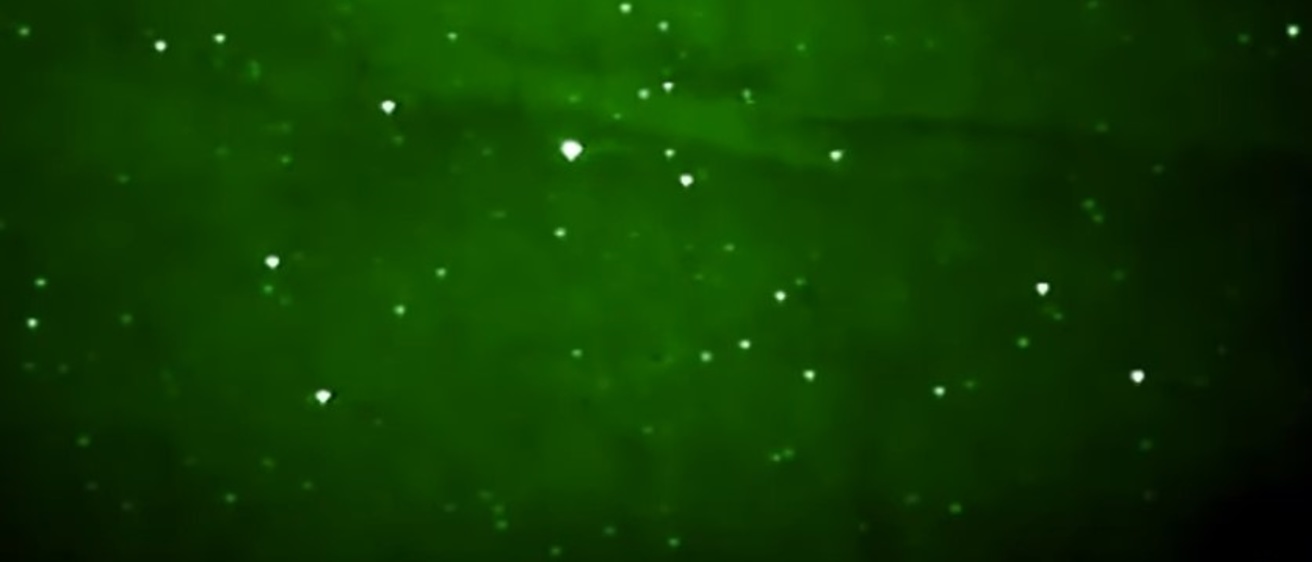
Physics and Astronomy graduate student Riley Troyer received an acknowledgment from the Wiley Journal of Geophysical Research: Space Physics for having a publication in the top 10 percent of downloaded papers from the journal in 2021. The paper was a report on a new type of auroral emission called the Diffuse Auroral Eraser.
In the paper's summary, Troyer explained that aurora are caused by electrons from within the magnetic bubble that surrounds Earth, called the magnetosphere. Sometimes these electrons are deposited into our upper atmosphere, producing light. This process can also transfer large amounts of energy from the magnetosphere to the atmosphere, thus potentially affecting the climate. Pictures of the aurora usually depict discrete green curtains, but this is not the only type of aurora. Diffuse aurora is another, which look like a faint glow over large portions of the sky. Diffuse aurora is extremely common, but not well understood.
"We have found an unusual process within diffuse aurora that could improve our understanding. We call it a diffuse auroral eraser. We found these events in a movie taken the night of March 15, 2002 in Churchill, MB, Canada. They appear as a section of diffuse aurora that rapidly brightens, then disappears and also erases the background aurora. Then, over the course of several tens of seconds, the diffuse aurora recovers to its original brightness. We calculated the average recovery time by overlaying plots of brightness from each of the 22 events that we found. This average time was 20 s, although it varied widely between individual events," Troyer wrote.
